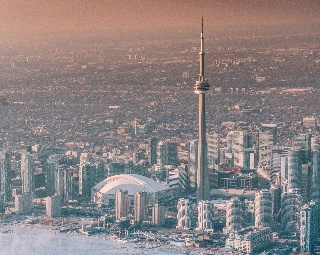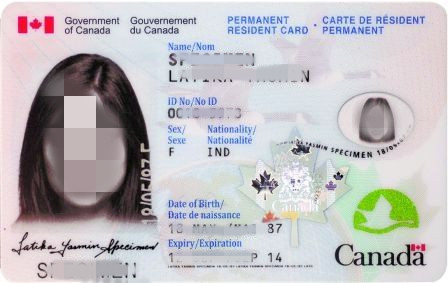A Complete Analysis Of Canadian Maple Leaf Card Welfare: What Are The Medical Care, Unemployment, And Housing Support?
A Complete Analysis Of Canadian Maple Leaf Card Welfare: What Are The Medical Care, Unemployment, And Housing Support?
What are the benefits of Canadian maple leaf card? How do the elderly live? , Maple Leaf Card, Low Income, Quebec, Yea Card Welfare, Canadian Government

1. Social benefits that can be enjoyed by holding Canadian maple leaf card
1. Healthcare
In Canada, residents will be exempted from receiving basic medical services, such as consultation and hospitalization, a burden shared by the federal government and provinces.
If residents need to cover additional medical projects such as dentistry and ophthalmology, they need to take out additional commercial insurance or rely on the benefits plan provided by their employers to pay the relevant fees.
There are certain differences in welfare benefits among provinces, such as Quebec provides low-priced public prescription drug services to residents, while some other provinces provide corresponding subsidies for low-income groups in dental treatment.
2. Unemployment Insurance
In Canada, a wide range of benefits policies include temporary unemployment benefits, sick leave allowances, and maternity and parental leave subsidies.
Residents need to work between 420 and 700 hours in the previous year (the specific working hours are determined based on the unemployment rate in each region).
3. Housing support
Canada issues housing subsidies for low-income families to residents, and the amount of the subsidy will be adjusted accordingly based on the income status and the differences in living areas.
The Canadian government will bear part of the down payment, aiming to ease the loan burden for residents.
2. Living security for Canadian elderly people
1. Elderly care
All provinces in Canada have a retirement insurance system for the elderly, which is a public insurance program. Residents need to allocate a portion of their monthly income as pensions, and once they retire or experience long-term physical inconvenience, they can obtain financial assistance through this program. In addition, no matter where the applicant is, he or she is entitled to receive this subsidy. It is particularly noted that immigrants who have lived in Canada for a decade and are over 65 years old will receive an additional pension. This plan has no direct connection with daily work and there is no need to pay fees on a daily basis. However, because the eligibility is closely linked to the length of residence in Canada, new immigrants cannot obtain the full amount. Such an elderly care system is designed to ensure that Canadian elderly residents can maintain an income level of about 70% before retirement after retirement, thereby ensuring that their quality of life in their later years is effectively guaranteed.
2. Medical
Canada has implemented a free medical system covering the whole people, and any qualified citizen can obtain public medical services through the public compensation mechanism. The Canadian federal government allocates approximately CAD$4.8 billion in funds to provinces each year, dedicated to health care projects, which are specifically implemented by provincial governments, ensuring the free and geographical restrictions of medical services. No matter where Canadian residents are, they are entitled to free medical care. In addition, Canada has introduced a disease subsidy policy to help those who are temporarily unable to work due to illness or injury to relieve financial stress.
The following content is a brief description of Canadian maple leaf card benefits and living allowances for the elderly. Please note that the information provided is for reference only, and specific matters should be subject to the actual situation. If you have any other questions, please leave a message in the comment area to communicate with us.





